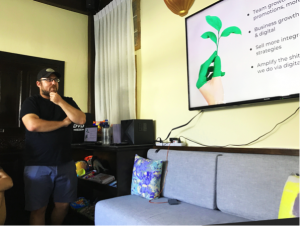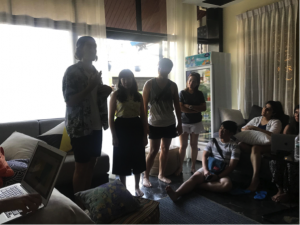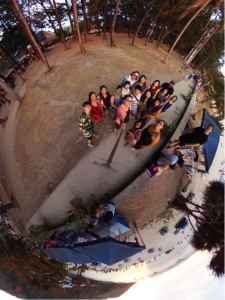Happy Pride! This past month has been prime time for brands (the cool ones at least) to unfurl their rainbow flags and show the LGBTQ+ community how much they love them – easy, right? Well, hold your horses (or unicorns) – because while everyone is equal and valid, not all Pride campaigns are. Every year during Pride, there are brands that launch campaigns with good intentions, but horrible execution – such as the M&S changing the meaning of LGBT for a sandwich, or rainbow Listerine. Worse than a bad Pride campaign though is a forgettable one, of which there are many.
While it’s easy to be a jaded queen and throw shade at these brands, the way these campaigns are handled speaks to deeper issues of how cynical consumers can be, particularly in hot button issues. This cynicism, of course, has spread to not just brands, but the platforms on which brands connect to consumers, too. Consider the recent passing of the POFMA legislation in Singapore and a whole slew of data scandals (Cambridge Analytica being the most high profile case). It’s pretty clear that people are becoming less trusting of social media. In fact, it’s gotten to a point where one survey found 57% of respondents expected news they see on social media to be inaccurate.
So in the age of the critical woke consumer, how can brands fight through the undertow of cynicism?
Embrace the good, the bad and the ugly
The key to creating trust, particularly over social media, is authenticity. While this sounds like common sense and is easy to do when things are going well, authenticity takes on a whole new meaning when things go wrong.
As communicators, our first instinct when our clients or brands receive criticism is to downplay the negative. However, in the always-on environment of social media, that’s something brands cannot always do. When faced with legitimate criticism, brands need to own up to their shortcomings – and fast. Nothing is quite as loud as the silence of a brand giving “no comment”.
Take the recent Tosh Zhang incident with Pink Dot this year. While it is debatable whether or not he was a suitable candidate for Pink Dot, the major blow to the Pink Dot brand was the delay in responding to the incident. By the time they put out a full statement to apologise, many other more critical voices were at full volume and they were perceived as just being reactive, rather than being authentically apologetic.
Put down the Kool Aid
One of the phrases we throw around in the Mutant office is “don’t drink the Kool Aid” – which has become a mantra to remind us that while we need to put ourselves in our client’s shoes, we must always remember that we never operate in a vacuum, and we’re being hired to give our opinions and share our expertise (even if it’s not what they want to hear).
What this means is that while rainbow-coloured mouthwash might sound like a fun Pride product, when you set it up among the backdrop of all the other corporate Pride initiatives, it might just leave a bad taste in people’s mouths (heh, see what I did there?)
The best way to combat this is to ensure diverse perspectives are always brought in at the planning stage. Going back to the Listerine rainbow bottle example, you have to wonder whether they brought in someone from within the LGBTQ+ community to give their perspective.
Authenticity? “It do take nerve”
Before you flag the typo here, this is a line adapted from Paris is Burning, an excellent film about the ballroom culture in 80s Harlem. Aside from having iconic catchphrases, there are lessons here that brands can apply when it comes to being authentic. The film shows what the gay and drag scene was like in New York in the 80s, and it’s a celebration of people who, despite the costs and risks, lived their lives out loud.
If a brand does decide to share a strong point of view or embrace a community, it needs to do it fully and unapologetically. Take Nike for example, who must have known the pushback they would receive for the Kaepernick campaign or the more recent plus-sized mannequins, but they still went ahead regardless. Because their messaging is authentic, and the brand is already well-known for its heart-tugging campaigns and strong moral stances, it works.
But this can be scary for brands, particularly in Asia – not so much because we have vastly different values than more westernised countries, but rather that brands are more wary of being criticized. A great example of an Asian brand that took the leap was Cathay Pacific with an ad featuring a gay couple. There was pushback from conservative voices in Hong Kong, but they stuck to their beliefs and in the end, the campaign was largely positively received.
Whether your brand celebrates Pride Month, champions a cause, or is just trying to put out a campaign that breaks through the noise, remember to always bring humanity, empathy and bravery into your planning to keep it authentic.
We can help you regain that social media trust. Write to us at [email protected]


 Work first, then pool time? Thai and stop us… | Photo by: Ian Lee
Work first, then pool time? Thai and stop us… | Photo by: Ian Lee



















 A 360 team photo at Nai Harn Beach | Photo: Ian Lee
A 360 team photo at Nai Harn Beach | Photo: Ian Lee